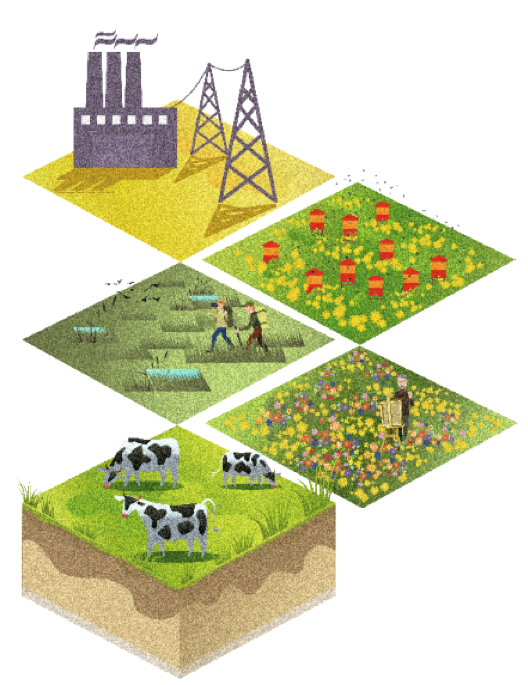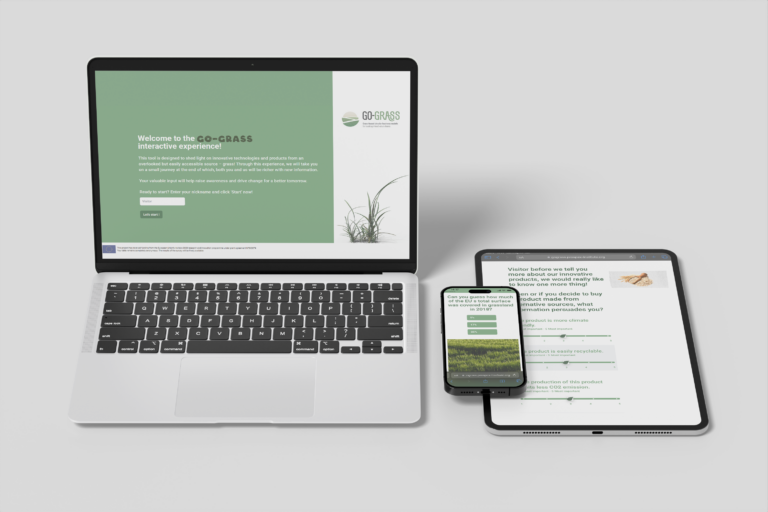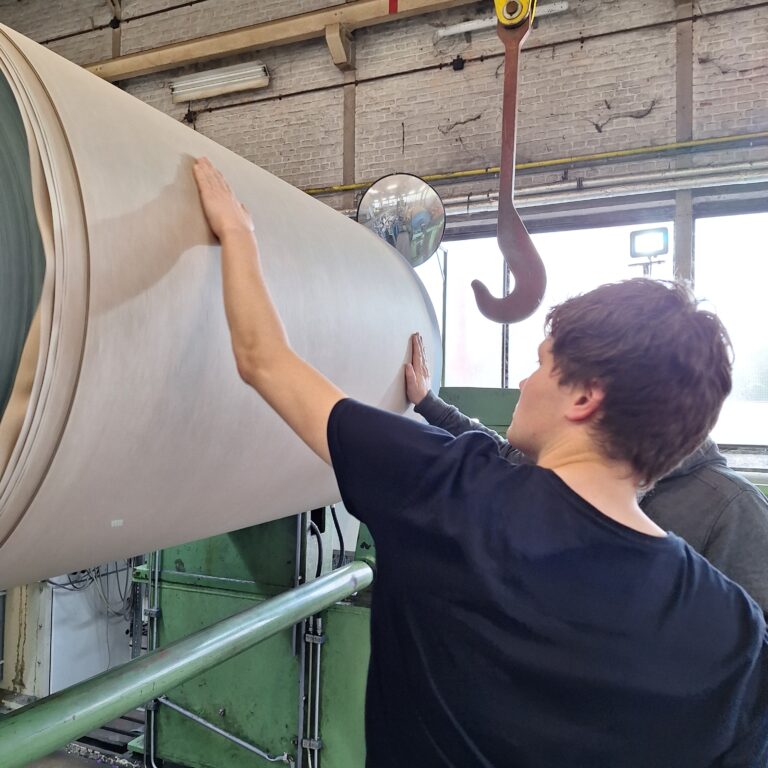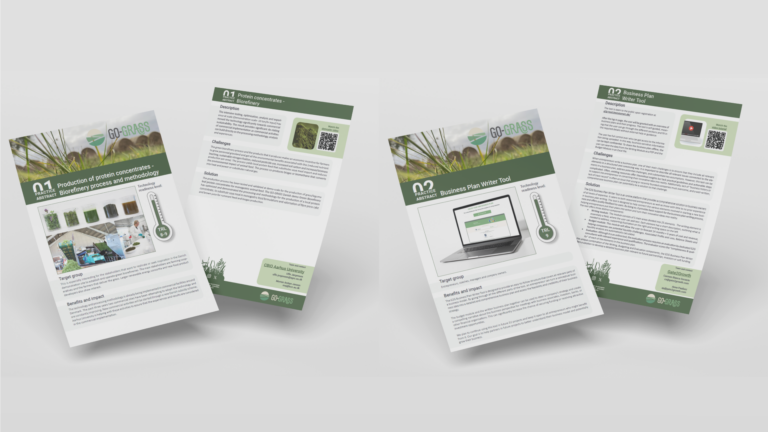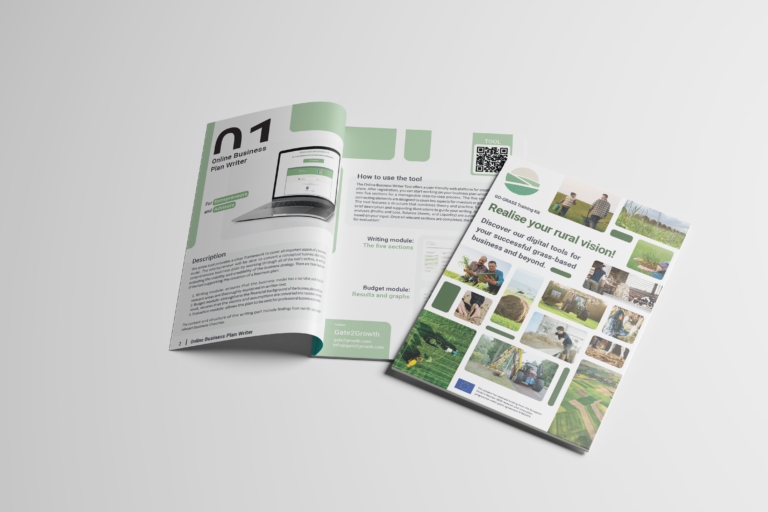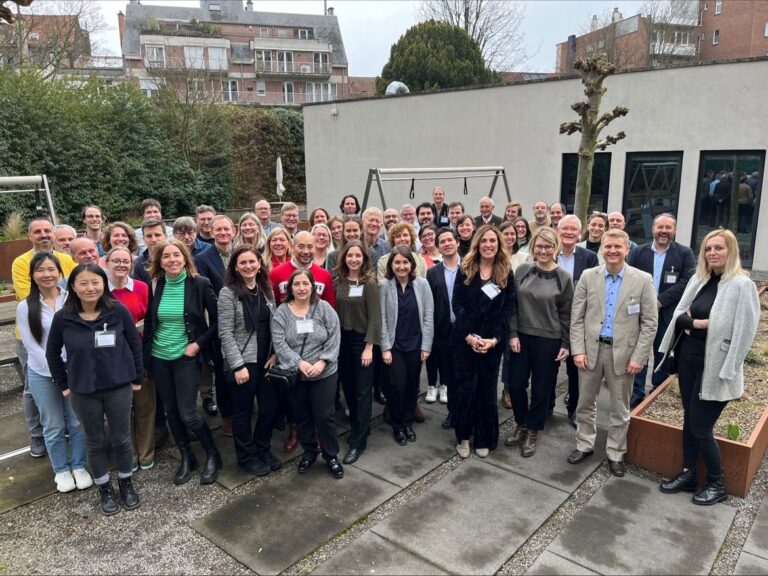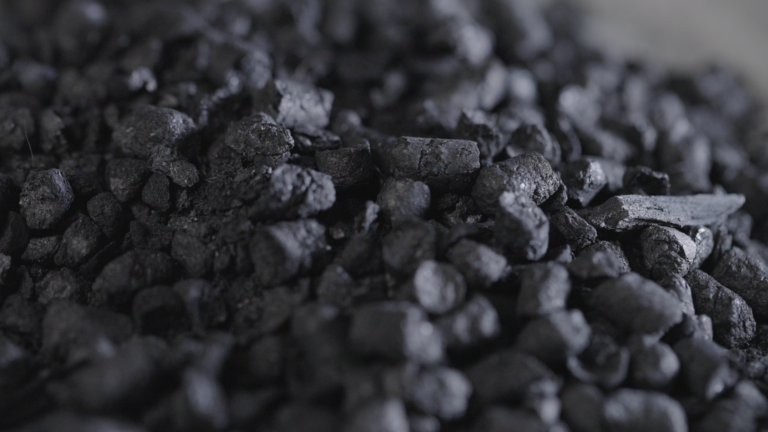 Žymantas Morkvėnas is the acting director and biodiversity expert at the NGO Baltic Environmental Forum. His life’s work focuses on the agricultural practice impact on biodiversity and development of socio-economic mechanisms of maintaining biodiversity in rural landscapes.
Žymantas Morkvėnas is the acting director and biodiversity expert at the NGO Baltic Environmental Forum. His life’s work focuses on the agricultural practice impact on biodiversity and development of socio-economic mechanisms of maintaining biodiversity in rural landscapes.
In the long list of Žymantas achievements, the (now-ended) project LIFE Viva Grass is listed high, due to the interesting scope and goals of the initiative. This project is also relevant to the work being conducted in GO-GRASS as it focused on increasing the effectiveness of semi/natural grassland management in the Baltics. During a lengthy phone conversation last week, we asked Žymantas about grasslands and biodiversity initiatives in Lithuania and he was willing to share why Viva Grass was an especially interesting project for him:
“The area covered by semi-natural grasslands has considerably decreased in Europe throughout the last century as a result of land conversion to urban territories, arable land, afforestation, while remoter and wet areas underwent marginalization and abandonment. Loss of grassland biodiversity leads to degradation or even destroying of the ecosystem functions and services, which would require enormous financial investments to maintain or provide these services artificially.”
To try and approach this problem, he worked with a group of experts to advise and create new approaches for performing habitat restoration and long term maintenance of agricultural and wetland landscapes in the protected areas system. In this article, we would like to take a look at what LIFE Viva Grass is all about.
PROJECT SCOPE:
The project LIFE Viva Grass aimed to prevent loss of High Nature Value grasslands and increase effectiveness of semi-natural grassland management by developing an Integrating Planning Tool (Tool). The tool based on ecosystem services approach helps to strengthen linkages between social, economic, environmental, agricultural fields and policies in grassland management. Results of the tool aims to help decision-makers to better plan sustainable grassland management.
The project also demonstrated opportunities for multifunctional use of grasslands’ ecosystem services as basis for sustainable development of rural areas.
ACHIEVEMENTS:
- Grassland ecosystem service assessment at the selected case study areas;
- Development of the Tool by addressing socio-economic matter in nature conservation policies;
- Analysis of the national policies and regulatory framework in the Baltic States;
- Development of pilot scenarios for long-term grassland management;
- Capacity building on applying the Tool for the relevant target groups and operating the Tool at national, regional, municipal, protected areas and farm level.
The project was implemented in 9 demo areas in 3 Baltic states during the period of 3 years (from 06/2014 to 04/2019).
Ecosystem services are divided into 3 groups:

Provisioning services – hay for animal feeding, biomass for energy production, herbs for medical treatment, genetic resources;
Regulating services – water regulation, soil retention, nutrient regulation, pollination;
Cultural services – rural and urban landscape and its aesthetic qualities and cultural heritage, providing basis for recreation and tourism, as well as quality of life for living in that area;
Land abandonment has significant ecological and social consequences – the disappearance of a fine-grained mosaic landscape structure leads to its homogenization and the loss of semi-natural habitats and a consequent decrease in biodiversity value; at the same time it results in loss of traditional landscape and identity of the place.
Integrated planning is a planning approach when various different factors are taken into account.
We cannot look at the grassland ecosystem only from a nature’s viewpoint. As grasslands survive only in synergy of nature and humans, there are many factors that influence human motivation and possibilities in grassland management. Some of them usually are not fully considered but crucial to keep people in the countryside. Particularly, socioeconomic aspects are very important: demographic structure, infrastructure, availability of kindergartens and schools. At present, many younger people migrate away from the countryside due to unfavorable socioeconomic conditions; the remaining generation gets older and has no capacity to properly manage grasslands.
The integrated planning tool has been developed within the project in order to look at the processes in the countryside holistically and help find the best grassland management solutions by taking into account both natural and socioeconomic factors of the particular site.
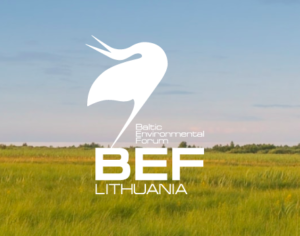
Since the end of the project, Žymantas has been contributing to multiple other initiatives in Lithuania and the rest of the Baltics to encourage the maintenance of grasslands and is also a farmer himself, taking care of a 20 hectare farm with extensive cattle grazing and management of wetland habitats.
Žymantas was kind enough to agree to collaborate further with Go-Grass and share more news about interesting small-scale initiative in the Baltic Region. Stay tuned!
Read more about the Baltic Environmental Forum here!
